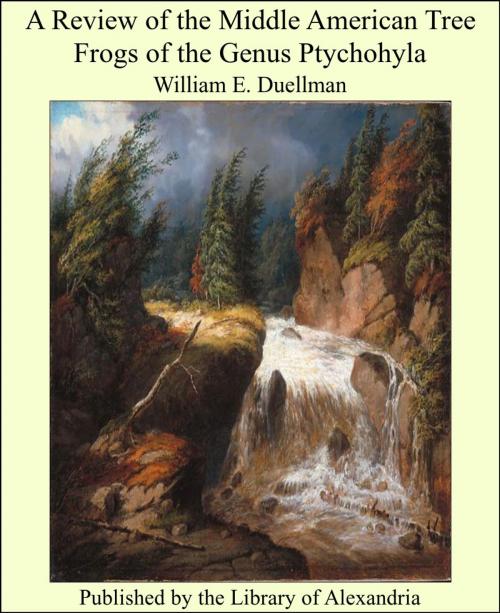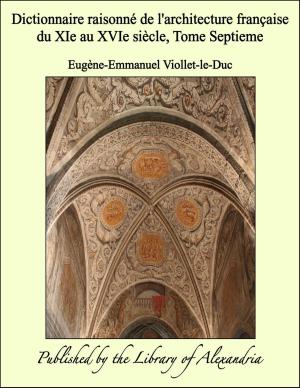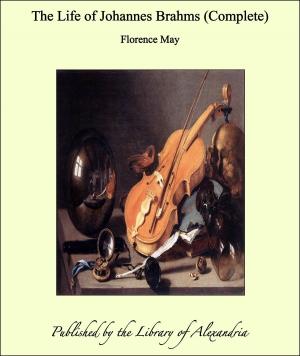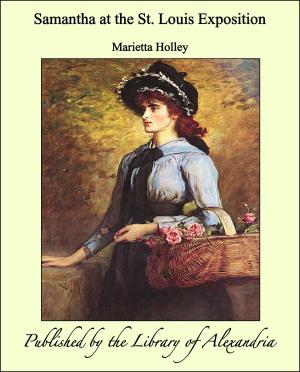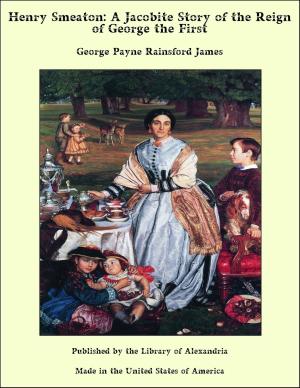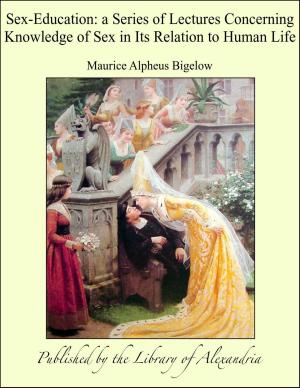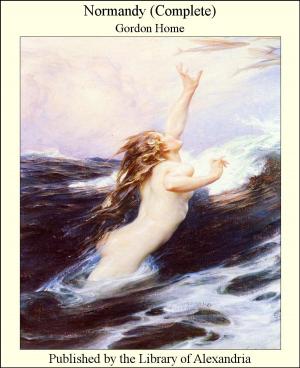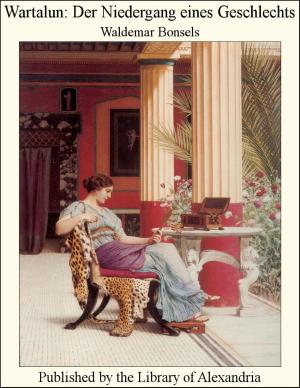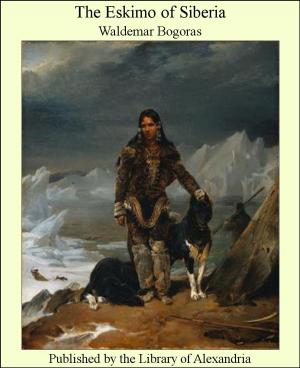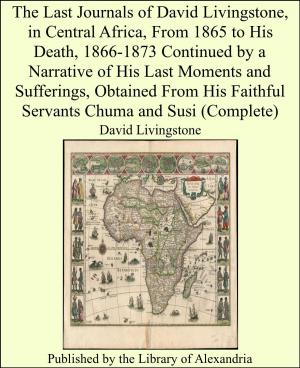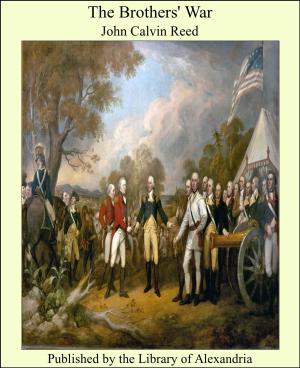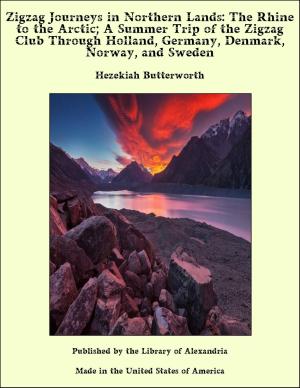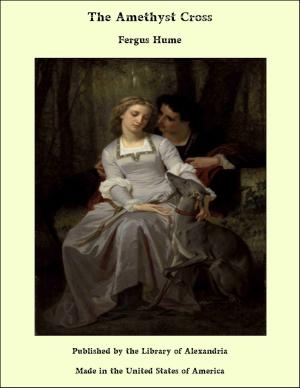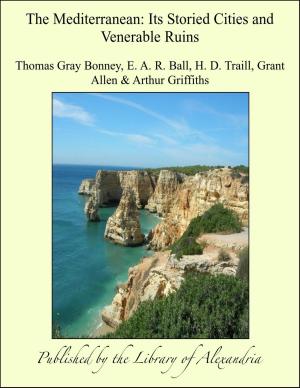A Review of the Middle American Tree Frogs of the Genus Ptychohyla
Nonfiction, Religion & Spirituality, New Age, History, Fiction & Literature| Author: | William E. Duellman | ISBN: | 9781465506153 |
| Publisher: | Library of Alexandria | Publication: | March 8, 2015 |
| Imprint: | Language: | English |
| Author: | William E. Duellman |
| ISBN: | 9781465506153 |
| Publisher: | Library of Alexandria |
| Publication: | March 8, 2015 |
| Imprint: | |
| Language: | English |
I am indebted to the following persons for permitting me to examine specimens in their care: Miguel Alvarez del Toro, Museo Zoología de Tuxtla Gutierrez, México (MZTG); Charles M. Bogert and Richard G. Zweifel, American Museum of Natural History (AMNH); Doris M. Cochran, United States National Museum (USNM); Norman Hartweg and Charles F. Walker, University of Michigan Museum of Zoology (UMMZ); Robert F. Inger, Chicago Natural History Museum (CNHM); Hobart M. Smith, University of Illinois Museum of Natural History (UIMNH); Heinz Wermuth, Zoologisches Museum Berlin (ZMB); and Ernest E. Williams, Museum of Comparative Zoology (MCZ). The abbreviations following names of institutions will be used throughout the text; the Museum of Natural History at the University of Kansas is abbreviated KU. Throughout my work on these frogs I have profited from discussions with L. C. Stuart, who has made many valuable suggestions and with his characteristic generosity has placed at my disposal his extensive collections of tadpoles from Guatemala. For his aid I am indeed grateful. I am grateful to Thomas E. Moore for tapes of breeding calls of two species. My own field work was made more enjoyable and profitable through the assistance of Dale L. Hoyt, Craig E. Nelson, Jerome B. Tulecke, and John Wellman, all of whom spent many hours in often unsuccessful attempts to collect specimens and record breeding calls of Ptychohyla. I am indebted to many residents of México, Guatemala, and El Salvador for permission to work on their land and for providing shelter, food, and guides. I am especially grateful to Mr. and Mrs. Horatio Kelly of "Colegio Linda Vista" at Pueblo Nuevo Solistahuacán, Chiapas, for a pleasant stay at their school; Jordi Juliá Z. of the Comisión del Papaloapan, Ciudad Alemán, Veracruz, for arranging for field work in northern Oaxaca in 1959; Walter Hannstein and Lothar Menzel for the use of facilities at Finca La Paz, Guatemala, in 1960; Alan Hempstead for the use of facilities at Finca Los Alpes, Guatemala in 1960 and 1961; and Julio Aguirre C. of the Instituto Tropical de Investigaciones Científicas, San Salvador, El Salvador, for providing comfortable working quarters and transportation and guides to the mountains in northern El Salvador. Without the cheerful efforts of Jorge A. Ibarra, Director of the Museo Nacional de Historia Natural in Guatemala, my field work would have been greatly restricted during politically precarious times in that country. Permits to collect in México were furnished by the late Luis Macías Arellano of the Dirección General de Caza. Each of these individuals has my profound thanks for his indispensable aid. Field work on hylid frogs in Middle America has been supported by the National Science Foundation, Grant NSF-G9827, and this is the 9th publication on the results of study of the material from America
I am indebted to the following persons for permitting me to examine specimens in their care: Miguel Alvarez del Toro, Museo Zoología de Tuxtla Gutierrez, México (MZTG); Charles M. Bogert and Richard G. Zweifel, American Museum of Natural History (AMNH); Doris M. Cochran, United States National Museum (USNM); Norman Hartweg and Charles F. Walker, University of Michigan Museum of Zoology (UMMZ); Robert F. Inger, Chicago Natural History Museum (CNHM); Hobart M. Smith, University of Illinois Museum of Natural History (UIMNH); Heinz Wermuth, Zoologisches Museum Berlin (ZMB); and Ernest E. Williams, Museum of Comparative Zoology (MCZ). The abbreviations following names of institutions will be used throughout the text; the Museum of Natural History at the University of Kansas is abbreviated KU. Throughout my work on these frogs I have profited from discussions with L. C. Stuart, who has made many valuable suggestions and with his characteristic generosity has placed at my disposal his extensive collections of tadpoles from Guatemala. For his aid I am indeed grateful. I am grateful to Thomas E. Moore for tapes of breeding calls of two species. My own field work was made more enjoyable and profitable through the assistance of Dale L. Hoyt, Craig E. Nelson, Jerome B. Tulecke, and John Wellman, all of whom spent many hours in often unsuccessful attempts to collect specimens and record breeding calls of Ptychohyla. I am indebted to many residents of México, Guatemala, and El Salvador for permission to work on their land and for providing shelter, food, and guides. I am especially grateful to Mr. and Mrs. Horatio Kelly of "Colegio Linda Vista" at Pueblo Nuevo Solistahuacán, Chiapas, for a pleasant stay at their school; Jordi Juliá Z. of the Comisión del Papaloapan, Ciudad Alemán, Veracruz, for arranging for field work in northern Oaxaca in 1959; Walter Hannstein and Lothar Menzel for the use of facilities at Finca La Paz, Guatemala, in 1960; Alan Hempstead for the use of facilities at Finca Los Alpes, Guatemala in 1960 and 1961; and Julio Aguirre C. of the Instituto Tropical de Investigaciones Científicas, San Salvador, El Salvador, for providing comfortable working quarters and transportation and guides to the mountains in northern El Salvador. Without the cheerful efforts of Jorge A. Ibarra, Director of the Museo Nacional de Historia Natural in Guatemala, my field work would have been greatly restricted during politically precarious times in that country. Permits to collect in México were furnished by the late Luis Macías Arellano of the Dirección General de Caza. Each of these individuals has my profound thanks for his indispensable aid. Field work on hylid frogs in Middle America has been supported by the National Science Foundation, Grant NSF-G9827, and this is the 9th publication on the results of study of the material from America
